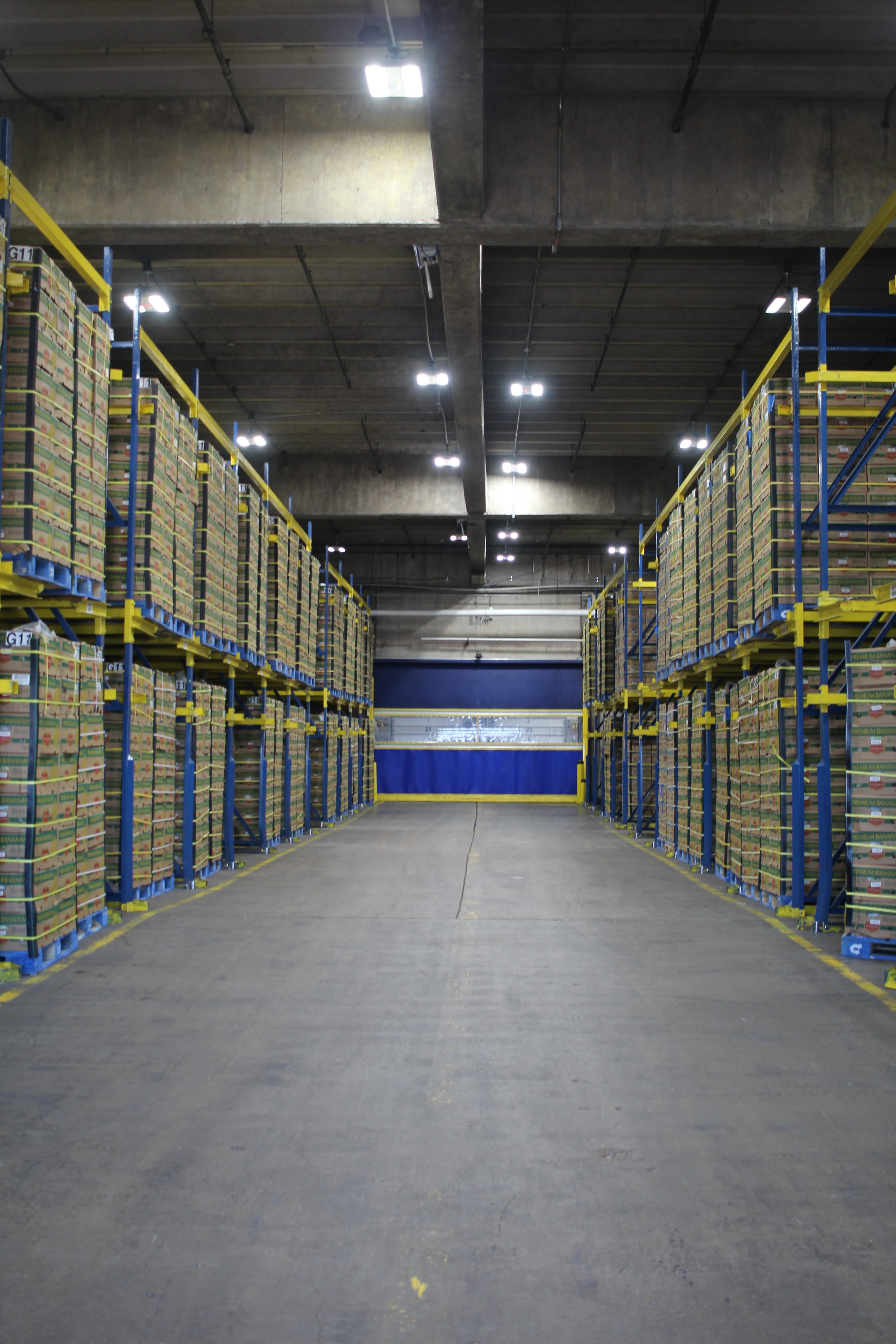CFL Light Bulbs Are Dangerous When Broken
/CFL Bulbs contain a small amount of mercury one of the most poisonous substances on earth. Breaking them results in a hazardous material clean up.
Fluorescent light bulbs contain the toxic compound mercury, which could cause mercury poisoning in varying degrees if you handle broken bulbs without protection. According to the National Institutes of Health and the Environmental Protection Agency (EPA) some symptoms of mild exposure to mercury include, but are not limited to insomnia, headache, mood changes, muscle atrophy, irritability, diarrhea, vomiting, swollen gums, a metallic taste in your mouth and breathing difficulties If the condition is not treated, permanent lung or brain damage and kidney failure is possible.
Many light bulbs on the market contain elemental mercury. All HID light bulbs including metal halide and high-pressure sodium light bulbs contain certain levels of mercury. 250-watt metal halide and high-pressure sodium light bulbs contain around 38 mg and 15 mg of mercury.
All fluorescent light bulbs contain the toxic compound mercury. The amount of mercury present in your fluorescent light bulb is very small in most cases–some bulbs contain as little as 3.5 mg per bulb no matter what the wattage is.




